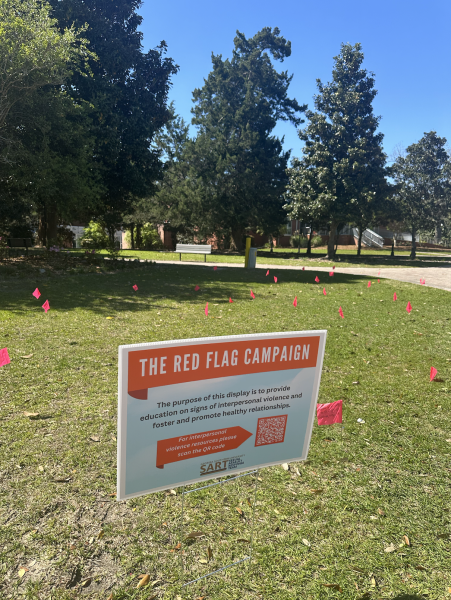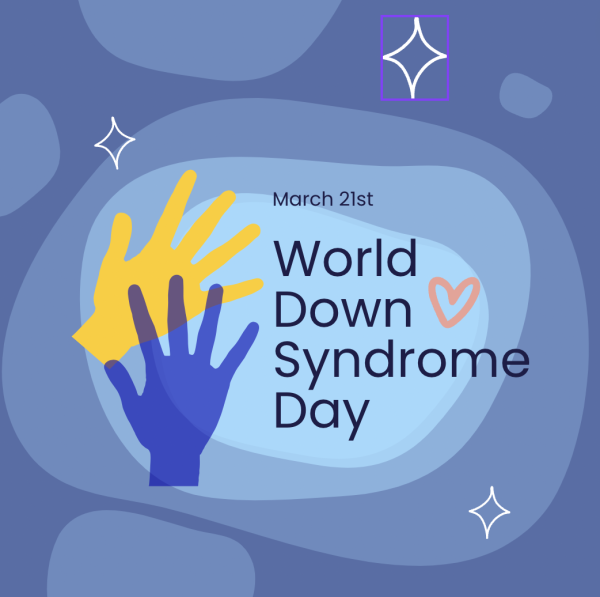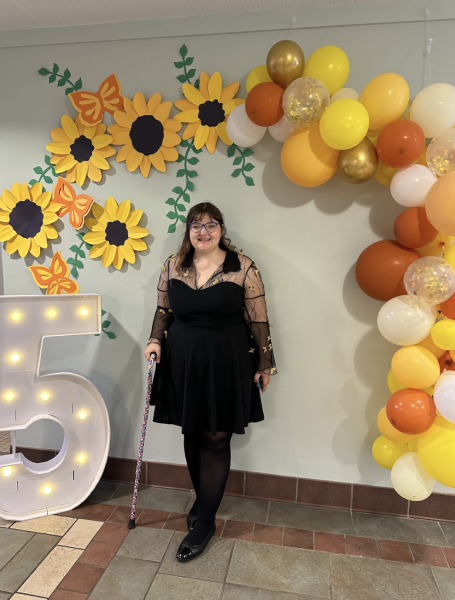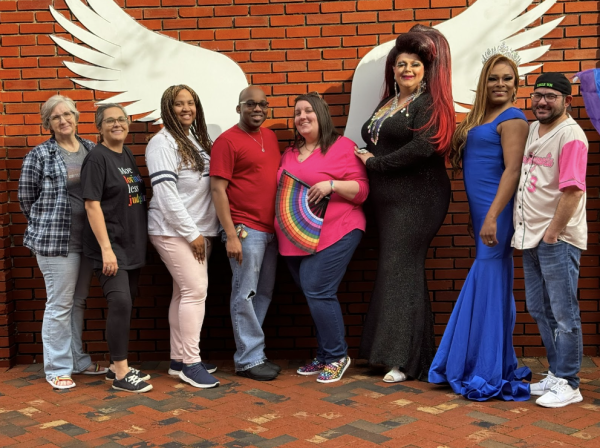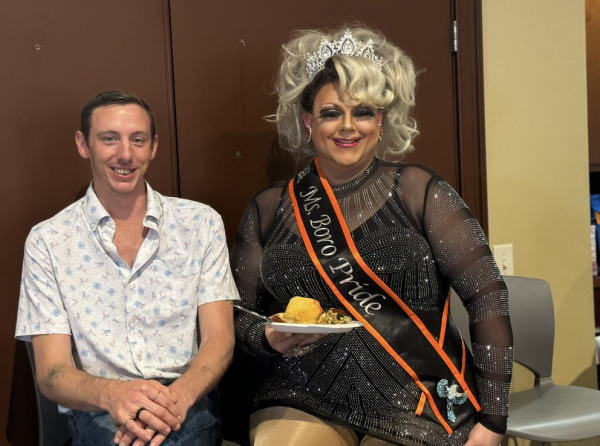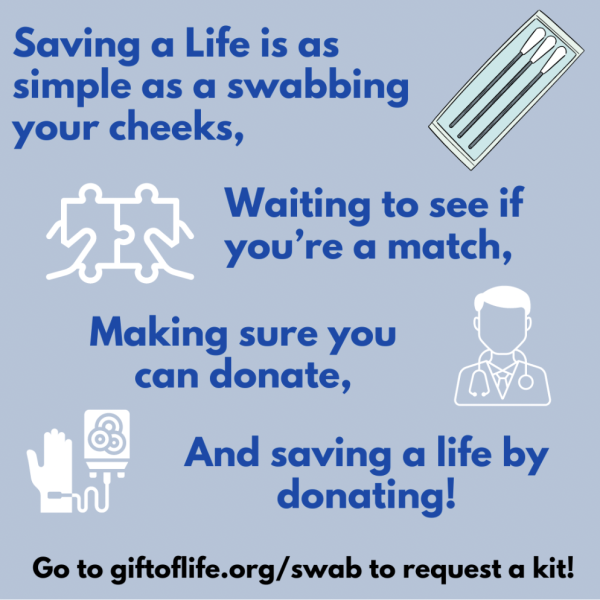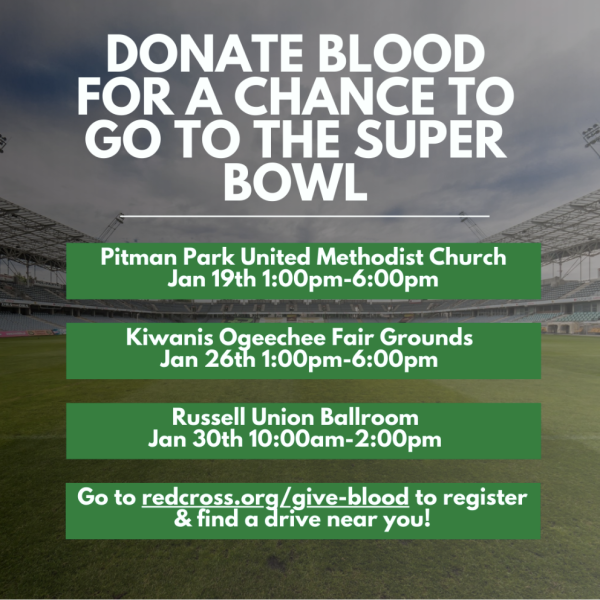A look into suicide prevention
September is Suicide Prevention Awareness Month.
There have been posts all over social media urging people to reach out to friends or hotlines if they are feeling suicidal. Organizations such as The Jed Foundation have been sharing graphics and tips for helping students and young adults who may be suicidal.
But what does it mean to be suicidal? What is the proper course of action for someone to take if they’re having suicidal thoughts or tendencies?
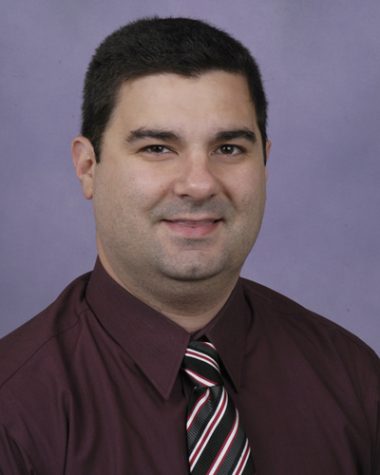
Dr. Jeff Klibert, Associate Director of Clinical Training and Professor of Psychology at Georgia Southern as well as a state certified psychologist and nationally board certified Counseling Psychologist, took the time to speak with Deep Dive about the mental health crisis as well as suicidal ideation in particular.
“I think a lot of people are looking for help but they’re facing waiting times of 1, 2, 3 months before they can get in to see someone. So I think when we look at the mental health crisis, it goes back to access to services,” Klibert said over Zoom when asked about the mental health crisis.
Mental Health America (MHA) has provided statistics on the lack of access young adults have to mental healthcare. MHA found “60% of youth with major depression did not receive any mental health treatment in 2017-2018 (MHA article here).
As Klibert continued to discuss the mental health crisis he said, “…We need to talk about access to care then having enough providers to be able to adequately meet the emerging kind of mental health needs of different communities.”
Professionals were discussing the spikes in mental health issues prior to the pandemic, but it became the crisis we recognize now when the pandemic began. MHA found that there was a 93% increase in anxiety screenings between 2019 and 2020, as well as a 62% increase in depression screenings.
“…Difficulties with the pandemic, social concerns, society, among many other things have really drawn out a lot of limitations about the mental health field,” Klibert stated as well.
After addressing the mental health crisis, Klibert was asked about the terms passive and active suicidal ideation.
He described passive suicidal ideation as “typically passive ideation are thoughts about maybe death, but not making active attempts to want to die,”
“ [One] may say something like ‘The world is such a burden’, ‘Sometimes it would be better off I just weren’t here’, or ‘My soul is very weary’. … but there’s no active intention that these individuals are going to kill themselves.”
Klibert said the following about active suicidal ideation, “Active suicidal ideation has that intention like I am actively thinking, looking, and devising ways in which I can end my life.
“There is inherently more risk with active ideation because a person is thinking long and hard about ending their life as a means to cope or as a means to alleviate pain.”
While Klibert did acknowledge that there is a difference in imminent threat with these ideations, he wanted to make it clear that one should seek help if having either. He made it clear that suicidal thoughts and tendencies tend to build over time, so while someone may have passive ideation now it’s more than likely it will escalate to be active if help isn’t received.
Many may believe that if they reach out for help with any variation of suicidal ideation that they will be hospitalized. This was brought up to Klibert.
“What we know in the literature here is, psychologists need to do everything they can to treat ideation within that therapeutic relationship,” he said.
Klibert discussed how hospitalization should be a last resort to helping someone with these symptoms, how hospitalizations are often places to stabilize someone but not address the underlying issue that got a patient in that scenario. He also noted that inpatient treatment for those of lower socioeconomic status is often not what that person needs.
He was then asked how he would recommend someone seek help for suicidal ideation. Klibert made it clear that getting help from a psychologist is key. If not a psychologist, then a licensed professional counselor or licensed social worker.
He cited the need for someone with these symptoms to get direct and consistent treatment.
When discussing the process of consistent treatment, Klibert said that they would start with crisis intervention, form a safety plan, and essentially make it to where the person could make it through to the next week.
Klibert said establishing that immediate help then working towards addressing the underlying issue is the effective way to help someone with suicidal ideation. Klibert explained, “We can manage not just this episode, but any future inclinations to harm oneself or to start engaging in more severe suicidal behaviors.”
When asked what he would say to a student with suicidal ideation who is hesitant to seek treatment, Klibert stated, “I would first say, I understand.”
“Society is not kind to individuals who seek treatment, there’s a lot of stigma,” Klibert empathized.
He went on to say that he would challenge that student to think of therapy as teamwork. Therapy is a non-judgemental space to work through life’s challenges. Klibert went on to emphasize that while depression and suicidal ideation in particular can make someone’s view of themselves narrow and derogatory, he likes to validate his clients as human beings.
“…With access to resources and experiences and expertise that can help them overcome a lot of the troubles that they’re having.” Klibert said.
If you or someone you know is having suicidal ideation or any other mental health issue, please reach out to one of the following resources.
Georgia Southern Counseling Center – Students are allowed 16 free individual sessions every year. Whether you decide to stick with a counselor at the counseling center or not, they can still help students find local resources.
To get access to the Counseling Center’s Emergency After Hours line, you can call (912) 478-5541 and select option 2.
Georgia Southern Psychology Clinic – Offers the general population quality, low-cost treatment. Initial appointments are $5 and are on a sliding scale of $5 -$30 depending on your financial situation.
The National Hotlines listed below link individuals to local resources and can provide immediate assistance:
National Suicide Prevention Lifeline – 1‑800‑273‑TALK (8255)
SAMHSA Treatment Referral Helpline – 1‑877‑SAMHSA7 (1‑877‑726‑4727)


